Mount Rushmore draws crowds year after year, but locals know the real magic of South Dakota lies beyond those carved presidential faces. The monument itself takes about 30 minutes to view properly—hardly worth structuring an entire vacation around.
Here is a list of 15 South Dakota attractions that deliver experiences far more memorable than a glance at distant stone faces. These spots showcase the state’s true character without the tour buses and overpriced parking.
Badlands National Park
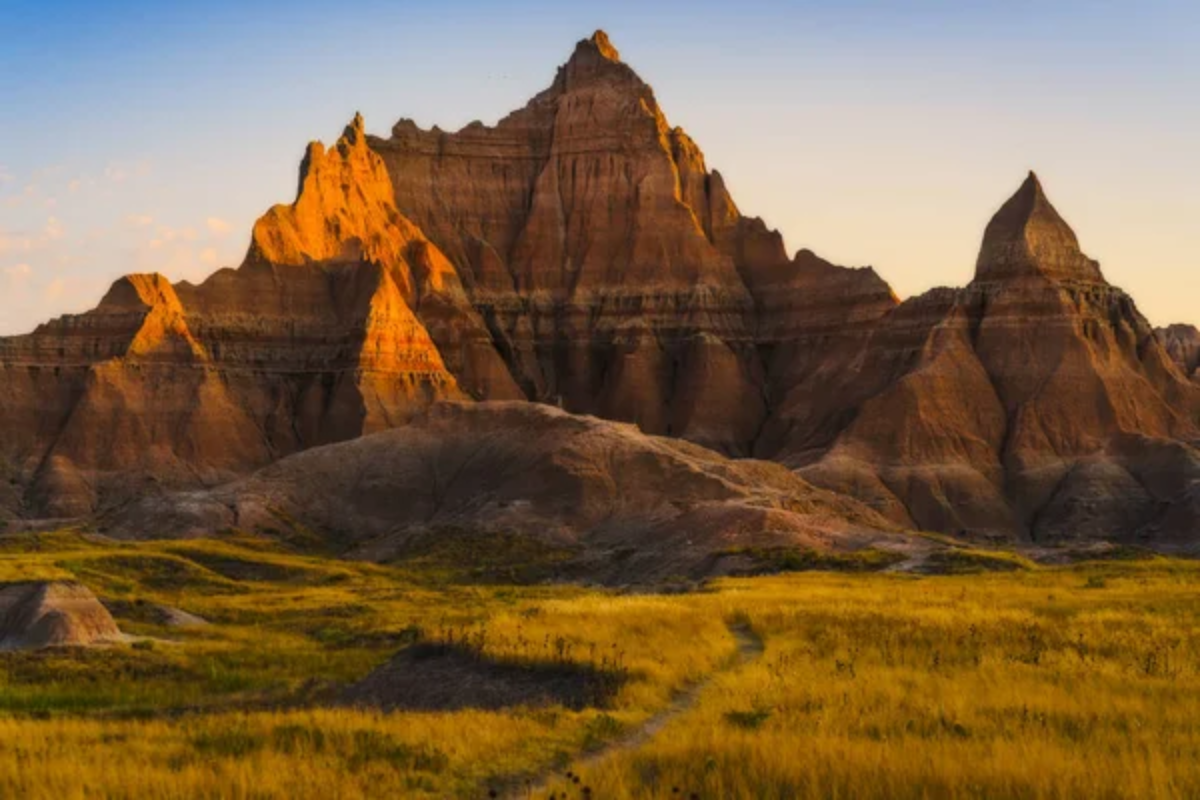
The otherworldly landscape of Badlands National Park makes Mount Rushmore look like an amateur hour with its jagged spires, deep gorges, and striped rock formations stretching to the horizon. Dawn and dusk transform the rocks into a natural light show as shadows play across the ridges and ravines.
Wildlife roams freely throughout—bison, bighorn sheep, and prairie dogs creating a living ecosystem within this geological wonderland. The Notch Trail gives hikers a taste of mild adventure, including a climb up a long ladder to panoramic views that no man-made monument could rival.
Custer State Park
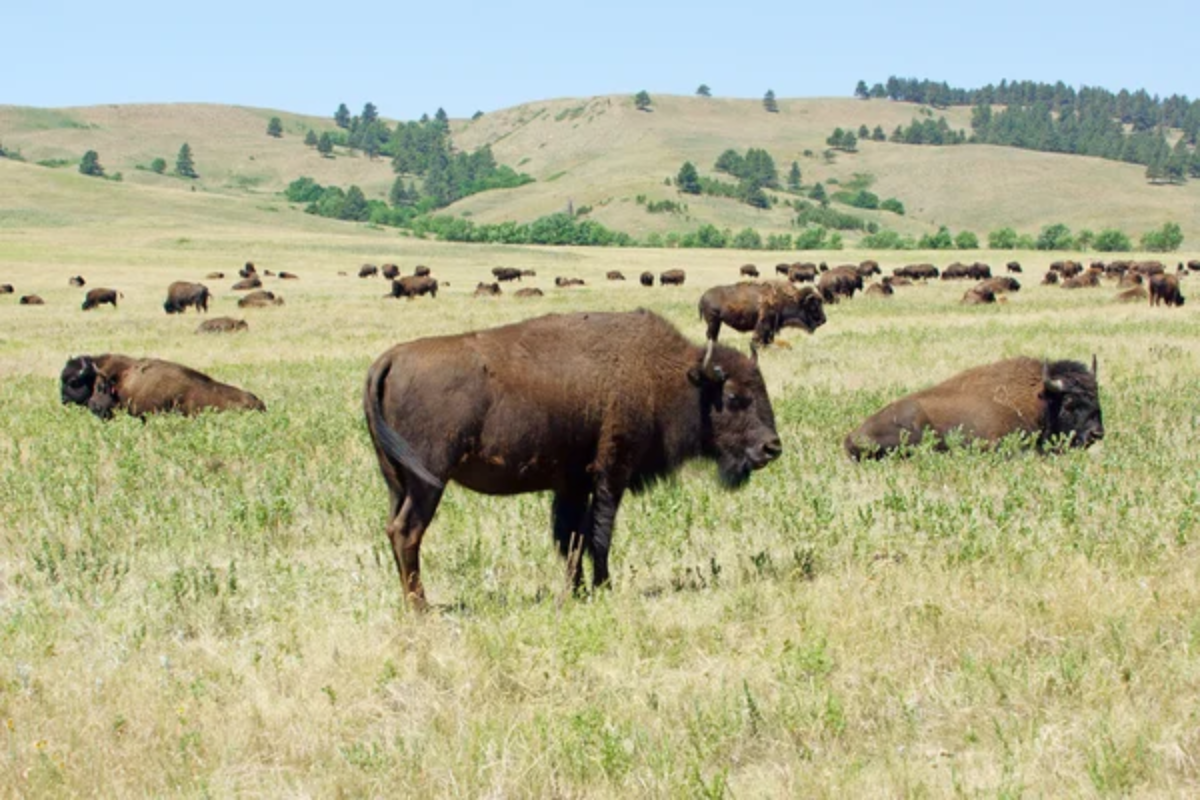
Just a short drive from Mount Rushmore sits a wildlife sanctuary that consistently ranks among America’s best state parks. The annual buffalo roundup each September draws thousands to watch cowboys herd nearly 1,500 bison across the prairie in a thundering display of wild America.
Sylvan Lake’s pristine waters reflect the surrounding Black Hills while offering kayaking and swimming opportunities during the summer months. The park’s network of scenic drives includes the Needles Highway, where granite spires create natural tunnels and viewpoints that make carved faces seem uninspired by comparison.
Like Travel Pug’s content? Follow us on MSN.
Wind Cave National Park
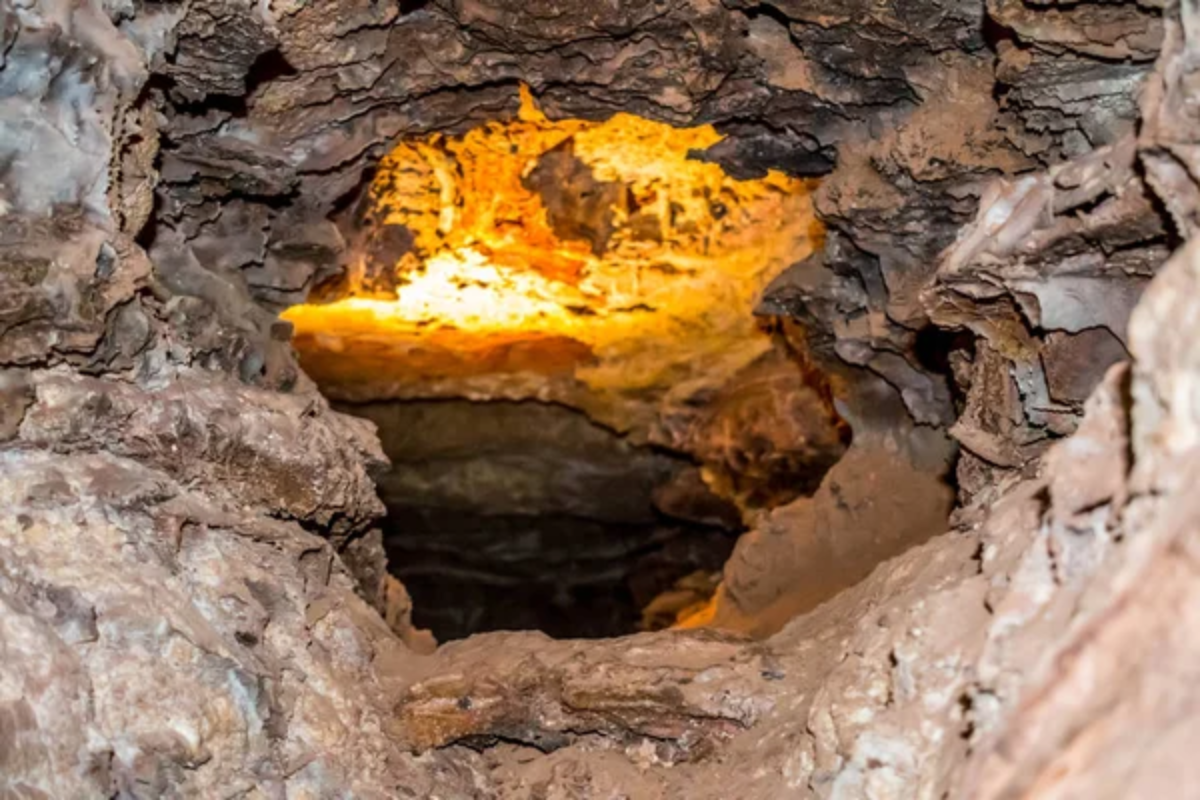
Beneath South Dakota’s prairie lies one of the world’s longest and most complex cave systems, featuring rare boxwork formations that resemble delicate honeycomb patterns crystallized in stone. The cave’s natural entrance creates fascinating barometric effects—air either rushing in or out depending on surface pressure systems, giving the cave its name.
Above ground, the park protects one of the few remaining mixed-grass prairies in the country, where bison and elk roam across rolling hills that stretch to the horizon. The stark contrast between the subterranean maze and the open prairie creates two completely different ecosystems to explore in a single visit.
Jewel Cave National Monument
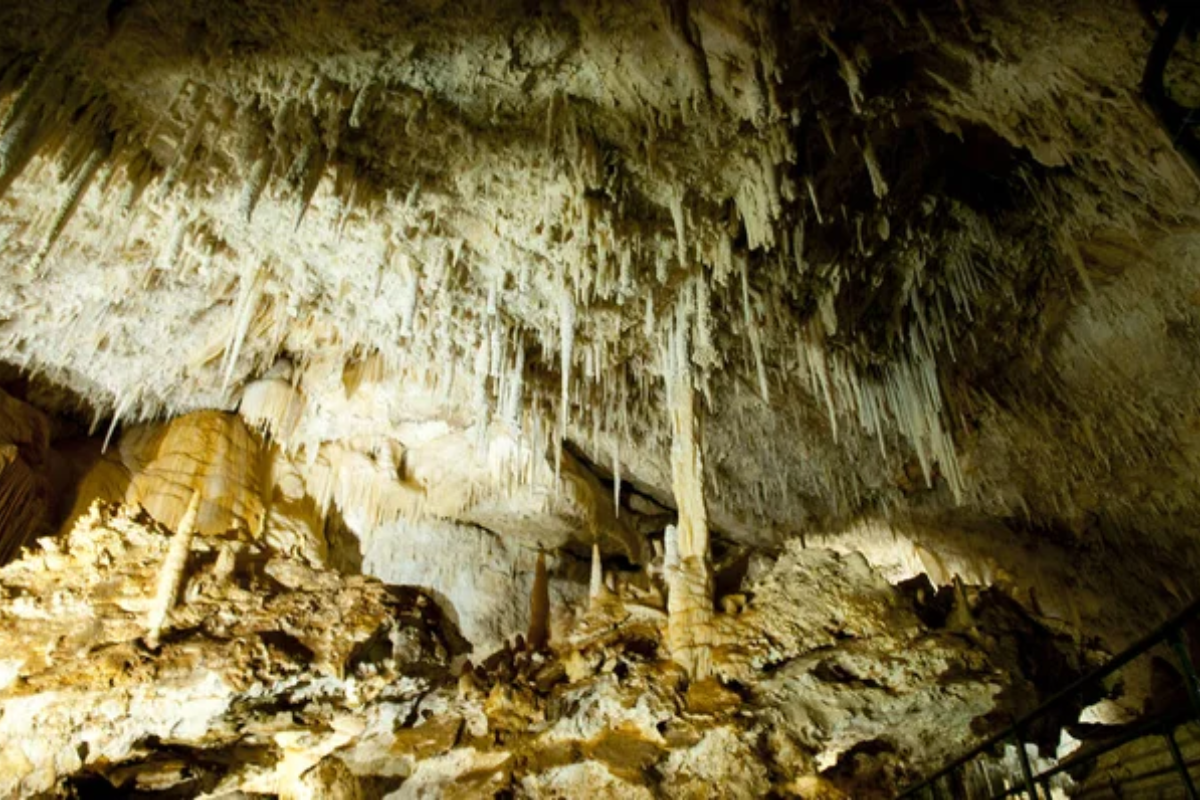
The third-longest cave system on earth stretches more than 200 mapped miles beneath the Black Hills, with new passages discovered regularly. Calcite crystals line many chambers, sparkling like gems under tour lights and creating the namesake jeweled appearance that no man-made attraction can duplicate.
The cave maintains a constant 49-degree temperature regardless of surface conditions, providing a climate-controlled adventure environment year-round. Specialized tours range from easy walks to challenging wild caving adventures that have visitors crawling through tight passages by headlamps.
The Mammoth Site

Hot Springs houses this active paleontological dig site, where visitors watch scientists excavate remains of mammoths that fell into a natural sinkhole over 26,000 years ago. The indoor facility protects the site while allowing visitors unprecedented proximity to in-situ Ice Age fossils—bones left exactly where they were discovered.
Unlike most museums displaying reassembled specimens, this attraction shows the actual discovery process with partially excavated remains still embedded in original soils. Junior paleontology programs let children try their hand at fossil identification using authentic techniques, creating a hands-on scientific experience impossible at static monuments.
Like Travel Pug’s content? Follow us on MSN.
Spearfish Canyon
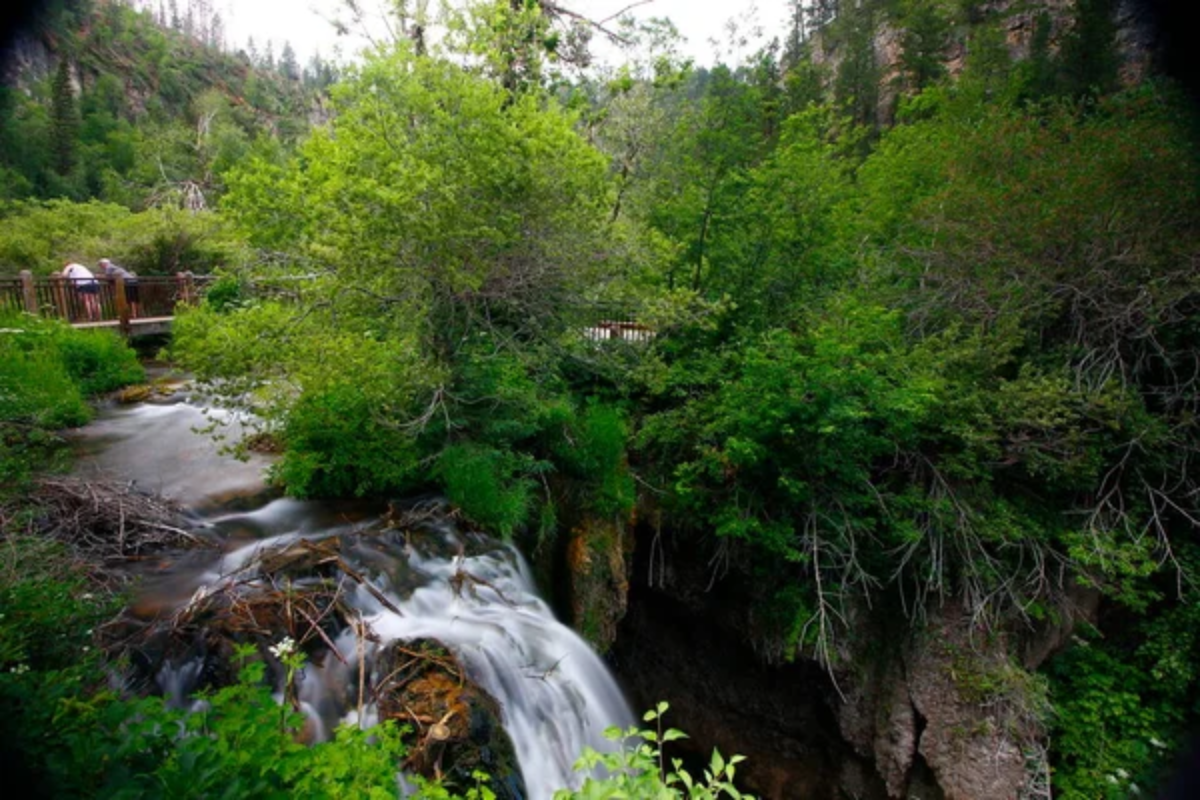
This natural limestone gorge cuts through the northern Black Hills, creating a scenic byway flanked by thousand-foot cliffs and multiple waterfalls accessible by short hikes. Fall foliage transforms the canyon into a riot of color as birch, oak, and aspen trees contrast against dark pines and limestone walls.
Bridal Veil Falls and Roughlock Falls offer photographers perfect subjects, with their crystal waters cascading down moss-covered rocks year-round. The narrow canyon creates a microclimate supporting unique plant communities and wildlife viewing opportunities just minutes from Interstate 90.
Historic Deadwood
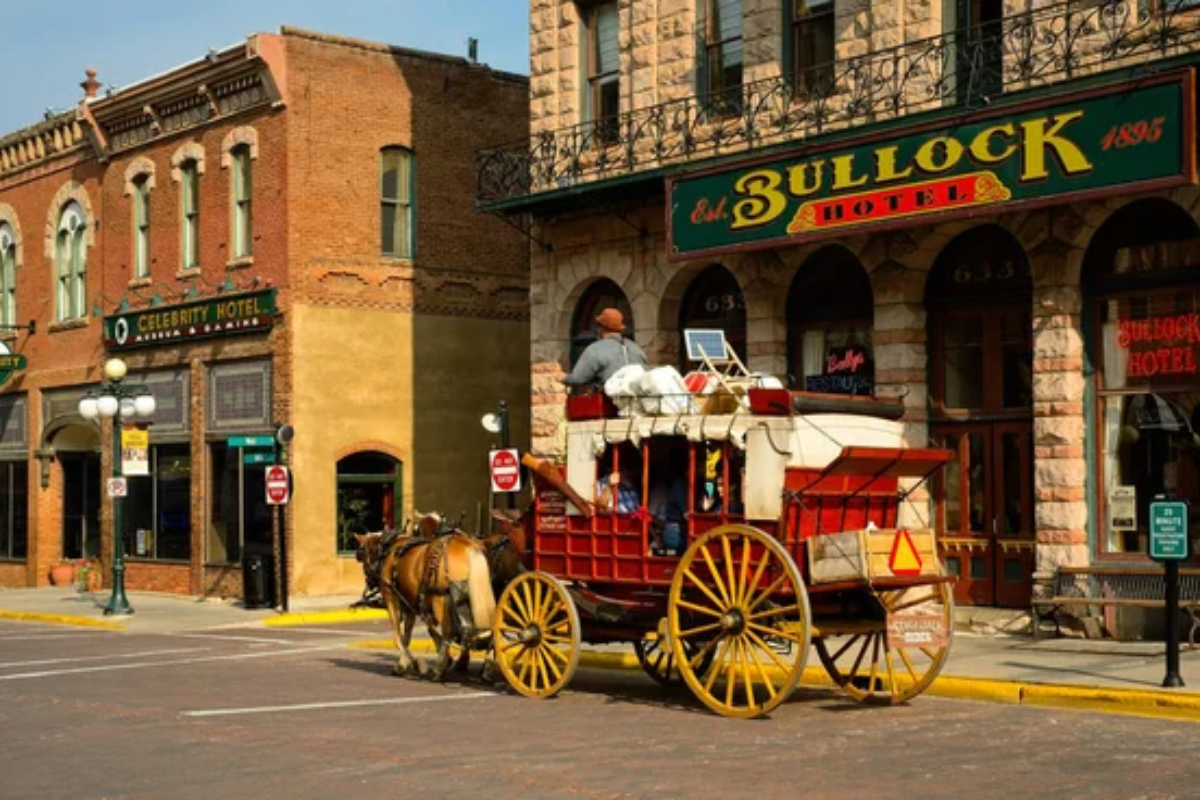
This authentic frontier town balances its genuine Wild West history with modern entertainment in a blend that somehow works better than expected. The entire town exists as a National Historic Landmark, where much of the 1870s architecture remains intact despite devastating fires throughout its history.
Visitors can witness regular reenactments of Wild Bill Hickok’s murder at the No. 10 Saloon, followed by his trial—performances based on actual court transcripts rather than Hollywood inventions. Mount Moriah Cemetery provides the final authentic connection, with hillside graves of Hickok, Calamity Jane, and other frontier figures overlooking the town they made famous.
The Black Hills
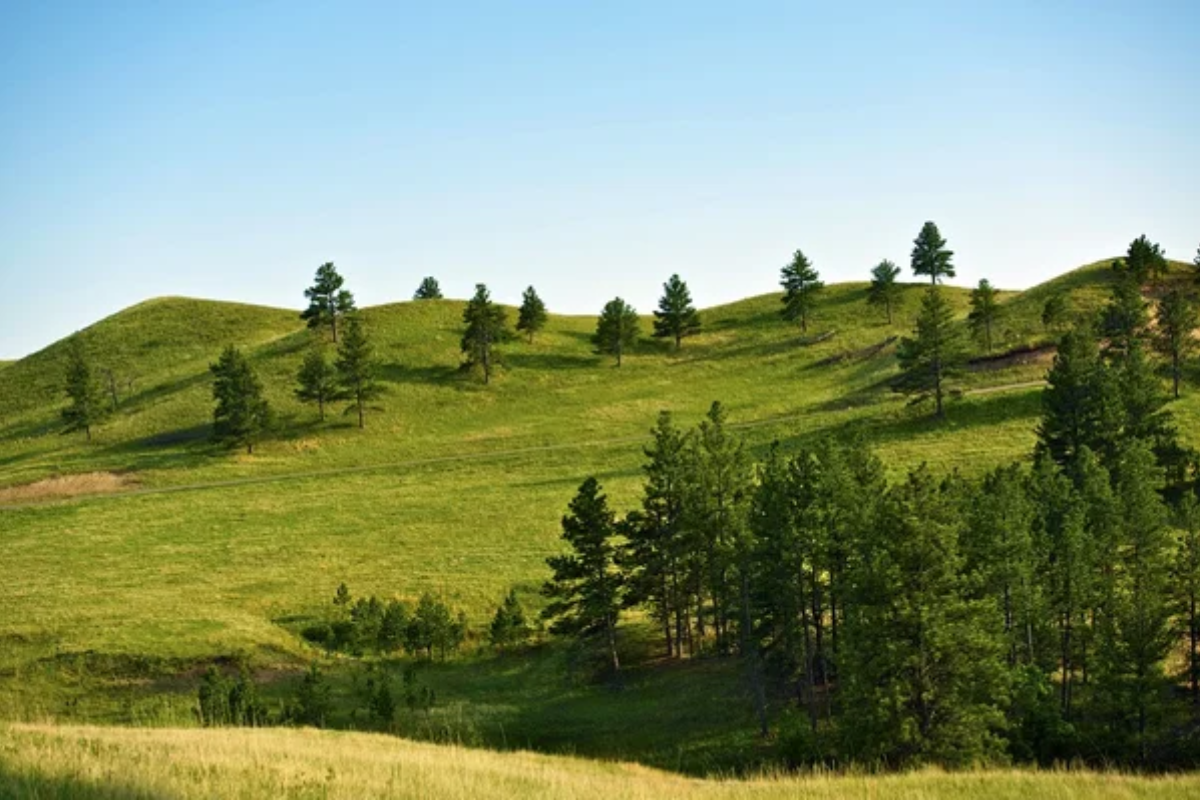
The sacred mountains of the Lakota people offer recreational opportunities spanning every season across their pine-covered slopes. Harney Peak (now Black Elk Peak) stands as the highest point east of the Rockies until you reach the Alps, rewarding hikers with panoramic views stretching across four states.
The 109-mile Mickelson Trail follows an abandoned railroad grade through tunnels and over trestles, providing cyclists an easy gradient through otherwise challenging terrain. Winter transforms the region into a snowmobiling paradise with hundreds of miles of groomed trails connecting small towns and remote outposts across the mountains.
Like Travel Pug’s content? Follow us on MSN.
The Missouri River Reservoirs

Four massive dams transform America’s longest river into watery playgrounds stretching hundreds of miles through South Dakota’s midsection. Lake Oahe extends 231 miles from Pierre northward, creating a walleye fishing paradise with countless secluded coves and beaches accessible only by boat.
Lewis and Clark explored this same waterway, though their upstream journey against the current bears little resemblance to today’s motorboat experience across still waters. The reservoirs support world-class fishing for walleye, smallmouth bass, and northern pike throughout the year—including winter ice fishing in protected bays.
Sica Hollow State Park
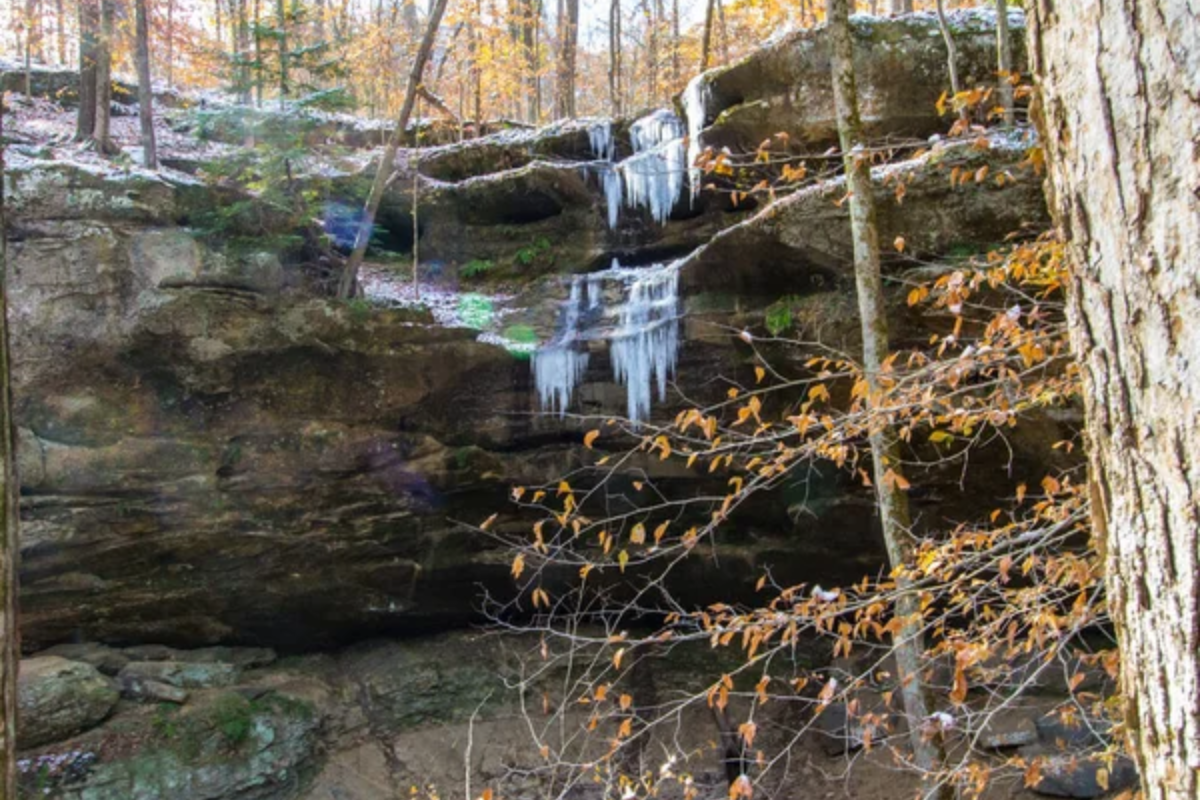
Native legends tell of evil spirits inhabiting this northeastern forest where spring waters run red with natural iron deposits, and decomposing organic material creates bioluminescent effects visible at dusk. The Trail of the Spirits takes hikers through ravines where the soil’s high iron content truly does tint streams a rusty red—a natural phenomenon that sparked centuries of Sioux folklore.
Falling water throughout the hollow creates a perpetual background soundtrack during spring and early summer as meltwater and rain navigate through the watershed. Fall transforms the hollow into a photographer’s dream as maple and oak trees contrast dramatically against the evergreen backdrop.
Falls Park
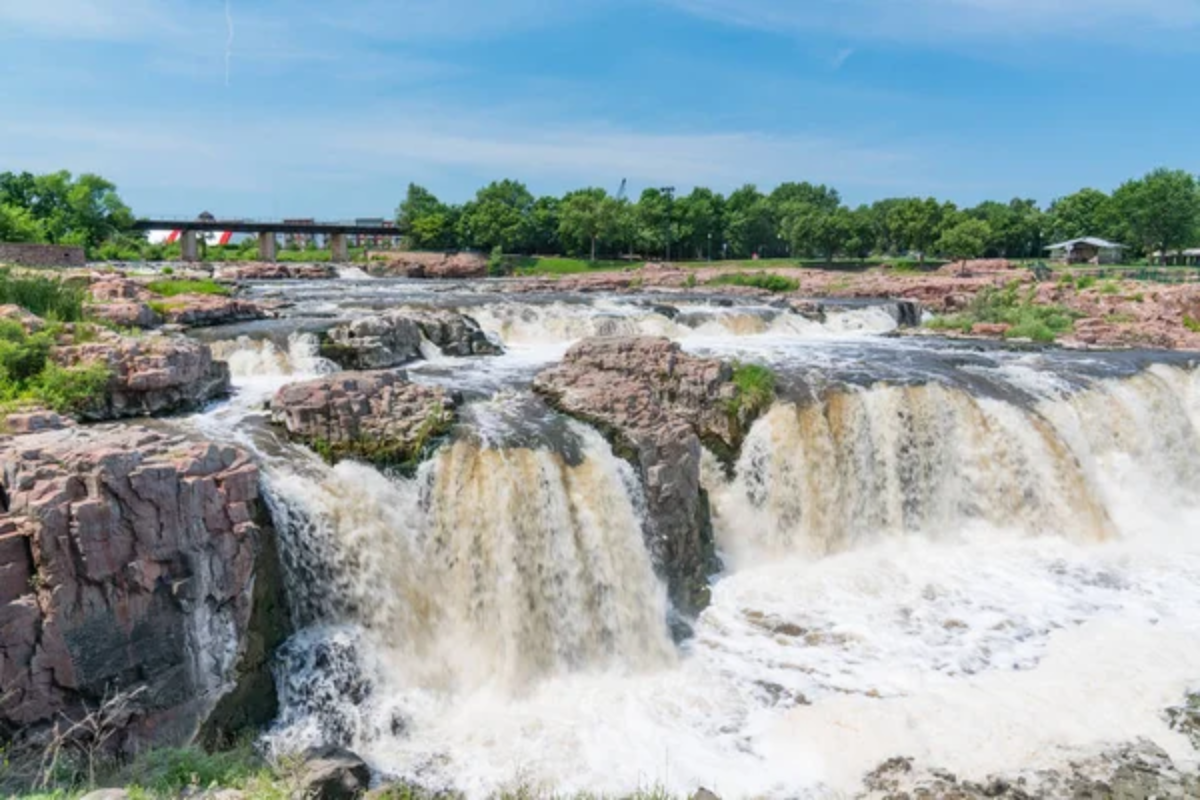
Sioux Falls showcases its namesake attraction with an impressive urban park built around the Big Sioux River as it drops over natural quartzite formations. Evening light shows illuminate the falls from below during summer months, creating magical reflections across the rushing water and pink quartzite.
Historic buildings from the city’s founding period have been preserved throughout the park, including a restored mill that now serves as an information center. The five-story observation tower provides the perfect vantage point for photographers seeking to capture the entire waterfall system with the city skyline as a backdrop.
Like Travel Pug’s content? Follow us on MSN.
Prairie Homestead Historic Site
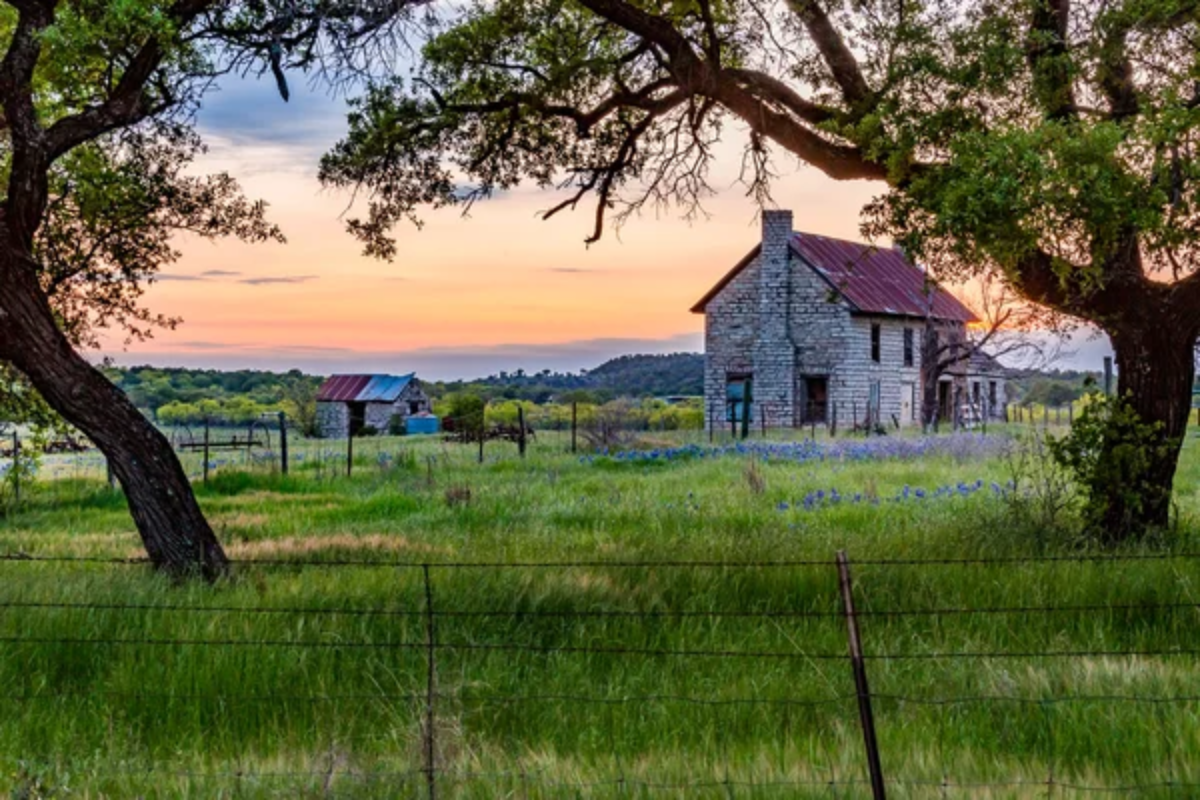
This perfectly preserved sod house near the Badlands offers visitors a genuine glimpse into pioneer life without the sanitized, gift-shop experience of larger attractions. The original dugout home built into a hillside in 1909 stands with original furnishings intact—from cast-iron stoves to handmade quilts.
Prairie dogs have established a massive town surrounding the homestead, creating an inadvertent living exhibit of the plains ecosystem that pioneers encountered. The stark isolation becomes immediately apparent when standing beside the modest structure, conveying the true pioneering spirit more effectively than any museum display.
Buffalo Gap National Grassland
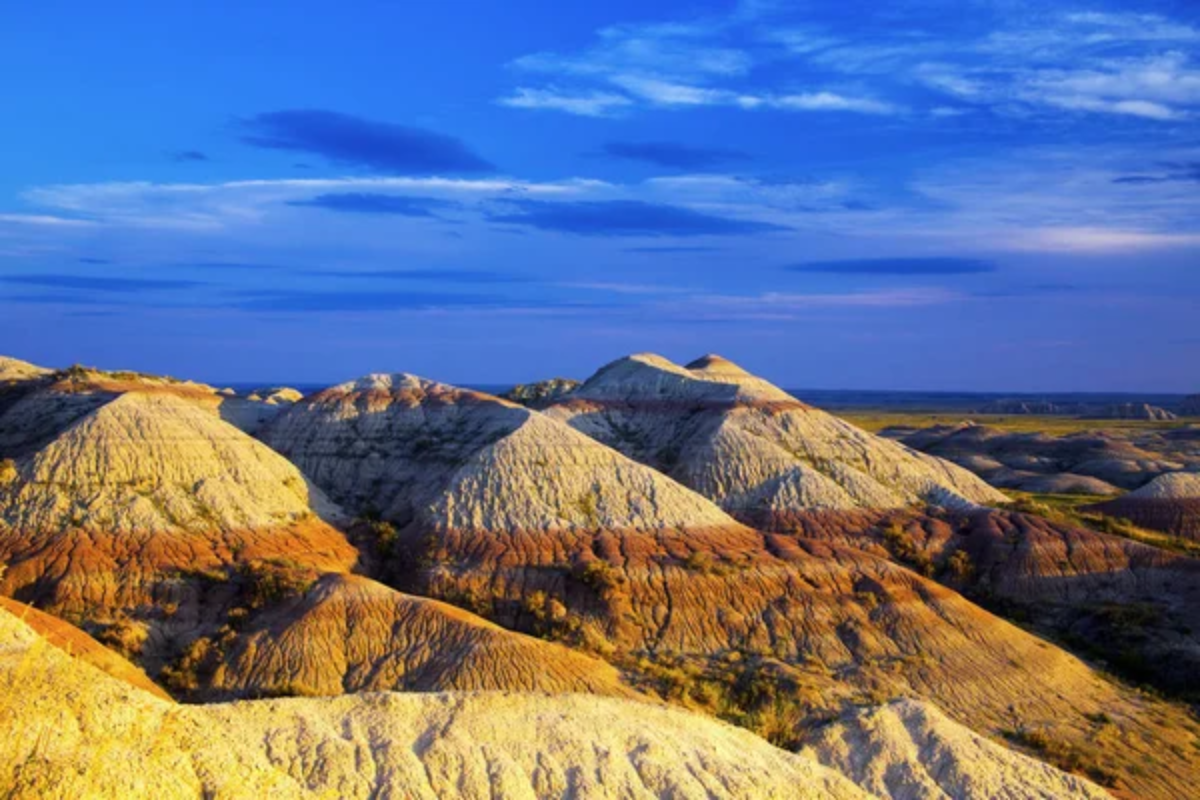
Over 600,000 acres of mixed-grass prairie spread across southwestern South Dakota, preserving the landscape encountered by early settlers and Native Americans alike. Sharp-tailed grouse perform elaborate mating dances on traditional grounds called leks each spring, their stomping feet and distinctive calls carrying across the otherwise silent plains.
The uninterrupted horizon creates spectacular sunrise and sunset opportunities for photographers seeking minimalist compositions focused on light and shadow. Night skies untainted by light pollution make this region a favorite for amateur astronomers and stargazers seeking views of the Milky Way spanning horizon to horizon.
Dignity Statue
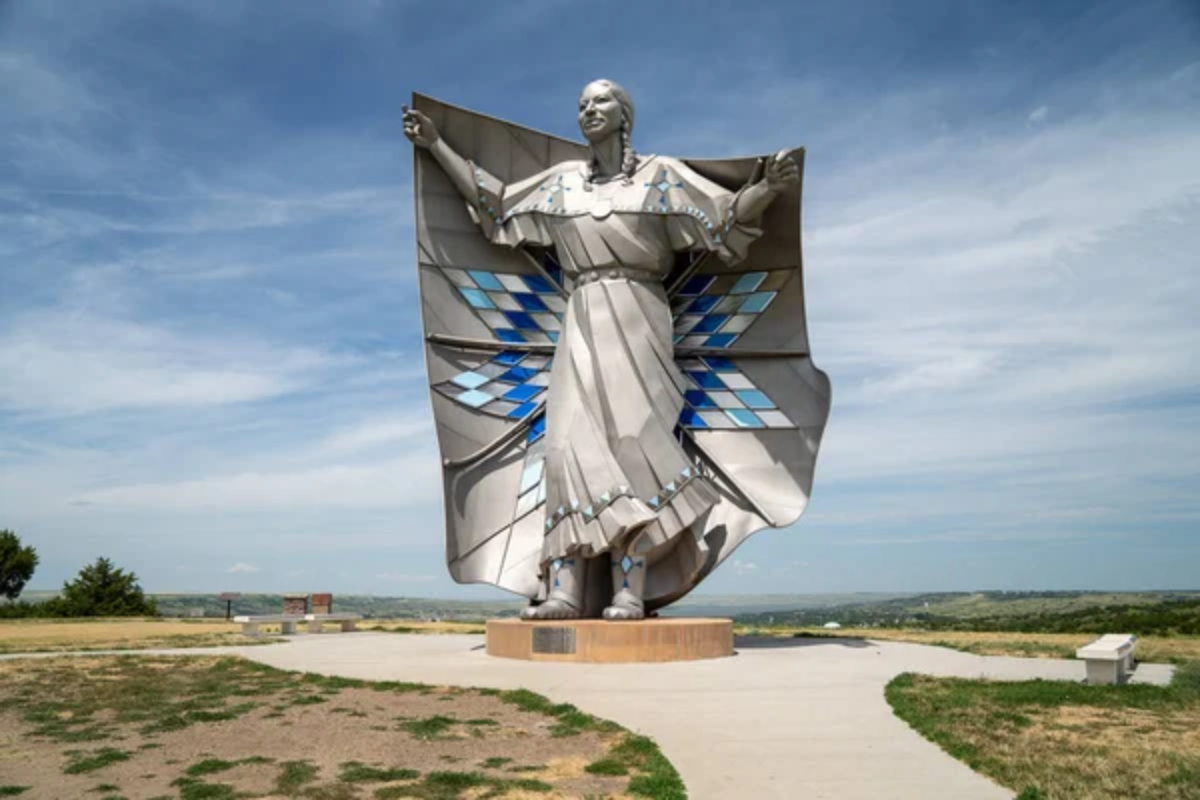
Rising 50 feet above the Missouri River near Chamberlain, this stainless steel sculpture of a Native American woman receiving a star quilt manages to be both monumental and deeply moving. The massive figure shifts subtly with changing winds, while LED lights illuminate the quilt’s diamond patterns after dark.
The statue honors the Lakota and Dakota cultures with stunning artistic precision, rather than through the appropriation or marginalization seen at many older monuments. The Missouri River backdrop places the sculpture in perfect context—the waterway that brought both trade and conflict to the region’s original inhabitants.
Like Travel Pug’s content? Follow us on MSN.
Laura Ingalls Wilder Historic Homes
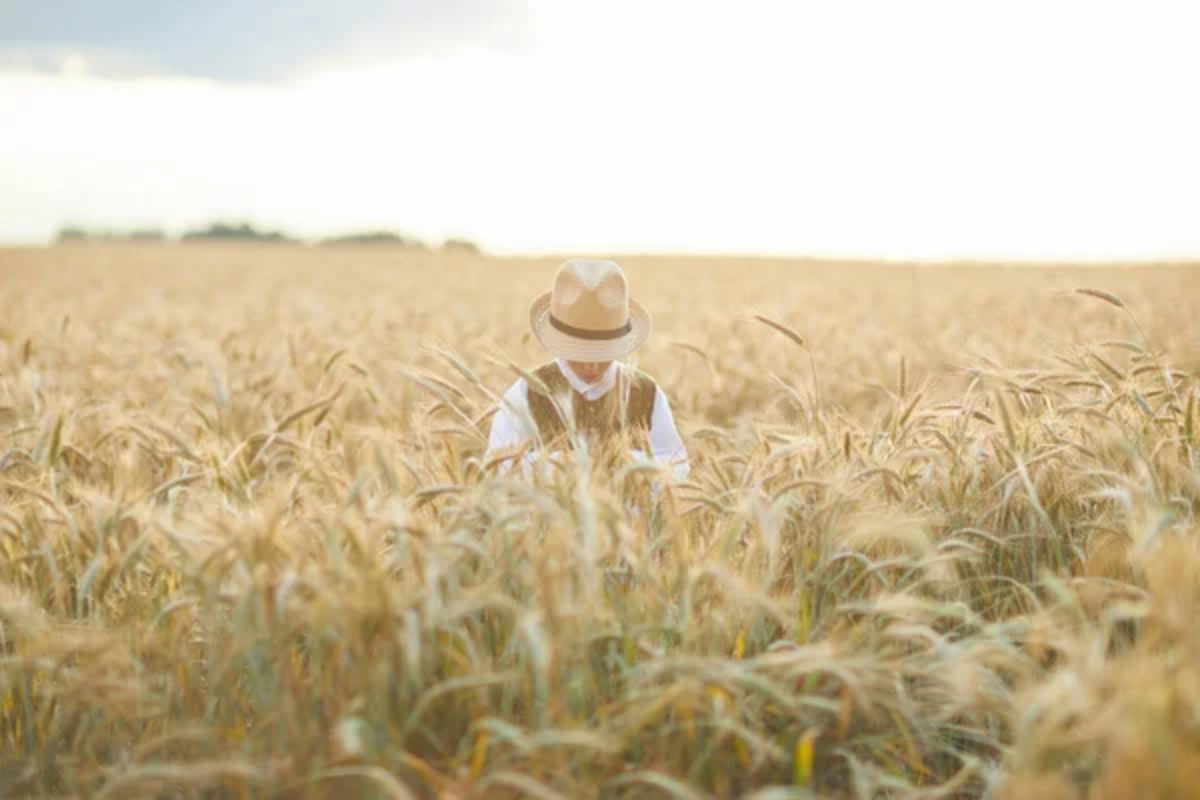
The beloved author of the “Little House” series spent formative years in De Smet, where five historic buildings connected to her family remain accessible to visitors. The Surveyors’ House described in “By the Shores of Silver Lake” stands restored to its 1879 appearance based on detailed descriptions from Wilder’s writings.
Original cottonwood trees planted by Pa Ingalls still grow on the homestead site, creating a tangible link to the family chronicled in the famous books. Unlike the roadside tourist stop experience of Mount Rushmore, these historic sites encourage lingering exploration across multiple locations throughout the small town.
Beyond Stone Faces

South Dakota’s true character emerges through these diverse attractions spanning natural wonders, authentic history, and living cultural traditions. While Mount Rushmore receives the marketing budget and tour bus crowds, these alternatives deliver more meaningful connections to the landscape and its people.
The carved mountain might make for an obligatory photo stop, but the state’s soul resides in these less heralded treasures waiting just beyond the presidential profiles.
More from Travel Pug

- 20 Towns Built for One Purpose That Were Later Abandoned
- 15 Hidden Spots in Disney World’s Magic Kingdom Most Visitors Miss
- 20 Once-Popular Beach Towns That Are Now Ghostly Empty
- 15 Canyons in the U.S. That Are Just as Stunning as the Grand Canyon
- 10 Under-the-Radar Mountain Towns That Are Both Affordable and Beautiful
Like Travel Pug’s content? Follow us on MSN.
